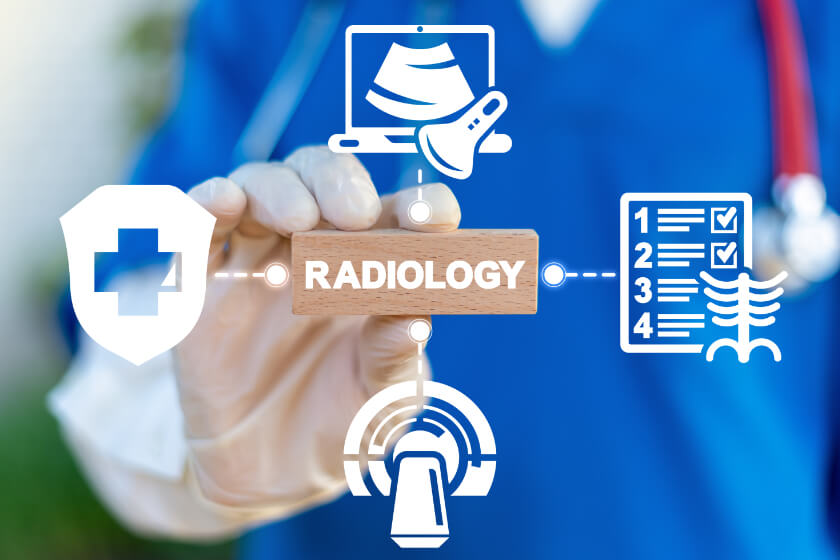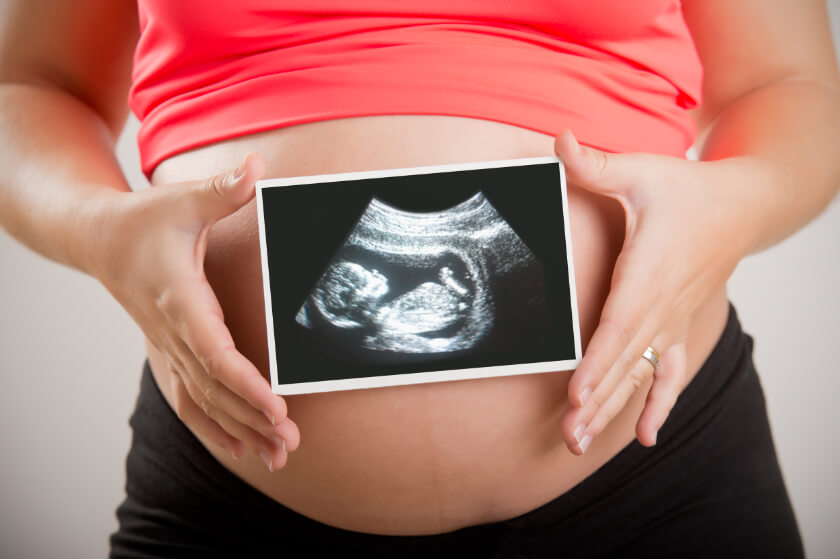
Medical Imaging and Coronavirus (COVID-19) Safety

To keep patients and staff safe, the Radiological Society of North America (RSNA) and the American College of Radiology (ACR) outlined steps radiology practices and patients could take. These steps include practicing social distancing and the wearing of personal protective equipment (PPE), including masks. Radiology Affiliates Imaging follows these guidelines and goes several steps further to protect the health and well-being of our patients and our staff.
How Your Radiology Professionals Keep You Safe during the COVID-19 Pandemic
Training and Preparedness
Radiology professionals have undergone special COVID-19 training and have implemented protocols to keep themselves and their patients safe. Radiology staff now wears surgical masks and gloves at all times when caring for patients, for example.
Appointment Scheduling
Many imaging locations are reducing the number of patients they see every day. These medical professionals request that patients reschedule their appointments if they have symptoms of COVID, have tested positive for the disease, or have been in close contact with someone confirmed or suspected of having COVID.
Screening
Radiology facilities are now implementing screening protocols to protect their staff and patients. They may conduct health checks at all entrances to screen patients for signs and symptoms of respiratory illness and fever, for example.
Handwashing
Radiology facilities will ask patients to engage in proper handwashing immediately before and after their appointment. Proper handwashing involves washing hands with soap and water for at least 20 seconds then drying hands completely. In cases where soap and water are not available, patients should use alcohol-based hand sanitizer with at least 60% alcohol. Radiology professionals should provide access to these hand sanitizers within their facilities.
Masks
RSNA and ACR laid out specific guidelines for the use of masks inside the radiology facility. The masks should be made of cloth and contain no metal parts, such as nose clips or wires, or special coatings. Metal parts can heat up during an MRI to cause burns on the wearer’s face. Some masks have special antimicrobial coatings that contain silver or copper that may heat up. In some cases, the radiology staff will provide masks to patients.
Social Distancing
Social distancing guidelines require people to stay at least 6 feet apart. To maintain social distancing standards, the facility may limit the number of patients allowed in any one area at a given time. Radiology facilities may require patients to check in via phone, text, or mobile app instead of checking in at a reception desk. They may also ask patients to wait in the car for their appointment rather than in a waiting room.
Enhanced Cleaning Protocols
The radiology facilities will thoroughly clean rooms between patients, and sanitize high-touch surfaces throughout the day. Workers will use “List N” chemicals approved by the EPA as effective against the virus that causes COVID-19 when applied to surfaces according to the instructions on the label.
Self-monitoring and Self-quarantining
Keeping their patients and co-workers safe is a priority for radiology professionals, so people who work in imaging clinics undergo special training to recognize COVID-19 signs and symptoms in themselves and in their family members. While COVID causes a wide variety of symptoms, from stomach upset to “brain fog,” the main symptoms of coronavirus infection include fever, cough, and difficulty breathing.
For everyone’s safety, staff members who test positive for coronavirus or are in close contact with someone who has tested positive will self-quarantine for 14 days. Staff members will also have their temperature taken every day as they arrive for work.
Patients should always follow CDC guidelines for self-quarantine if they have been in close contact with someone who has COVID or awaiting coronavirus test results.
Waiting Rooms
Other imaging locations still maintain waiting rooms, but take special steps to keep patients safe. They may remove reading materials from waiting rooms, for example, and encourage patients to bring their own materials. Many clinics are placing chairs at least six feet apart or removing chairs altogether.
Visitors
Before the pandemic, medical professionals encouraged patients to bring a family member or friend as moral support during their visit. Unfortunately, social distancing and other COVID protocols reduce the number of people in a given area, such as waiting rooms.
Many imaging locations are limiting the number of visitors each patient brings. The radiology staff may wave these limitations in cases where the visitor is assisting the patient with mobility or when the patient is under the age of 18. The radiology facility may not allow visitors under the age of 18 from sitting in the waiting room.
Ongoing Monitoring and Response
Medical imaging facilities continuously monitor the pandemic and take appropriate actions based on the current situation. Radiology professionals may reduce the number of patients they see in a day, for example, or strengthen social distancing standards as appropriate.
Other safety precautions
Depending on the location and the needs of the staff and patients, many radiology clinics are making other changes to keep patients and workers safe. Some radiology facilities request that patients bring a pen when they arrive for an appointment, for example.
Safety and well-being is always the highest priority in medical clinics, hospitals, and radiology facilities. With guidance from federal and state governments, radiology professionals take special precautions to keep their patients and their staff safe during the COVID-19 pandemic.




